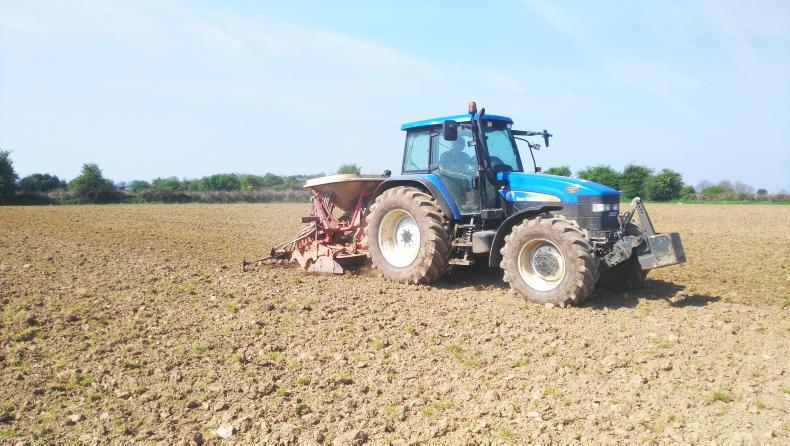Wednesday 31 May marked the deadline for many important GLAS actions, especially for farmers who have just joined the scheme.
The one action that the majority of farmers in all three tranches of the scheme have had to complete was the sowing of wild bird cover. Thankfully, the month of May brought predominantly dry weather conditions, ideal for sowing the crop.
After sowing, remember to fence the crop from livestock because this is also a requirement of the scheme. The fence should be erected depending on the type of livestock on the farm.
If there will only be mature cattle grazing beside the wild bird cover crop, one strand of electrified wire will suffice. If there are sheep present, then suitable sheep fencing should be erected.
The aim of the wild bird cover crop is to act as a giant bird table for endangered birds during the winter. This means the crop cannot be harvested or grazed for the rest of the year.
Bee GLAS action
Some farmers in GLAS III have chosen the conservation of solitary bees (sand) action in their GLAS plans. This action should have been completed by 31 May also.
The action must be carried out by placing 1t of builder’s sand in a mound in the location marked on the GLAS plan. This habitat must be fenced off from livestock and strimmed annually and throughout the GLAS contract to keep shading vegetation under control.
Remember, receipts for the sand indicating the weight must be retained for the duration of the GLAS contract.
Watercourse protection
Last week, Alison Sinnott outlined the best approach for erecting fencing for the protection of watercourses from bovine. In short, farmers with an owned cattle enterprise who chose this action must fence off all watercourses that are identified on the GLAS online system a minimum of 1.5m from the top of the bank of the watercourse to exclude cattle. The fencing must be stockproof, fit for purpose and be undertaken with permanent stakes and wire.






 This is a subscriber-only article
This is a subscriber-only article










SHARING OPTIONS: